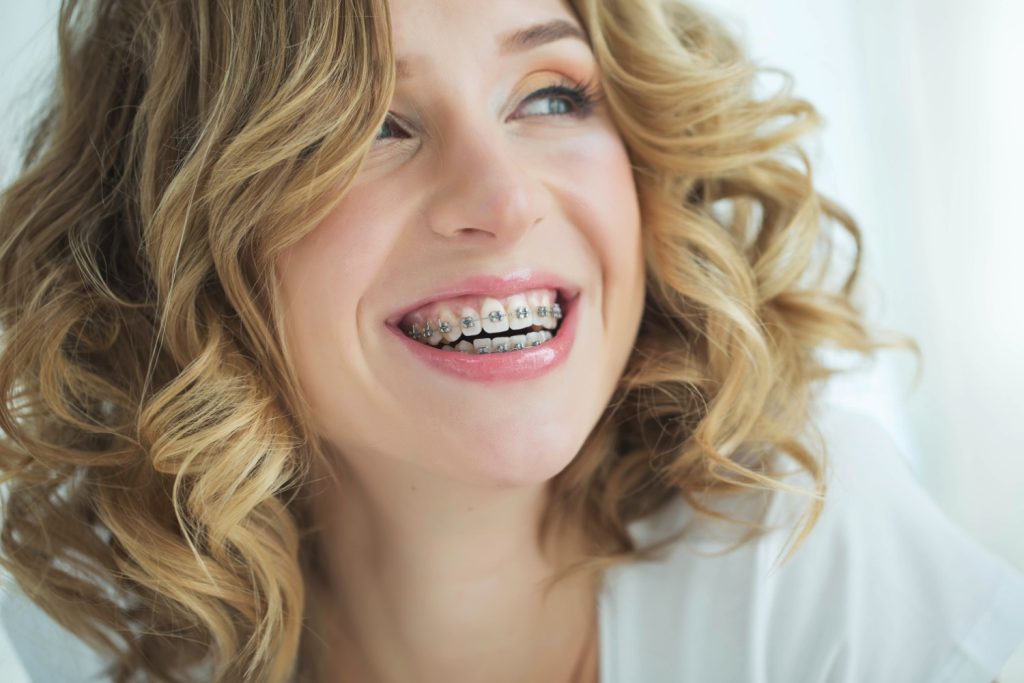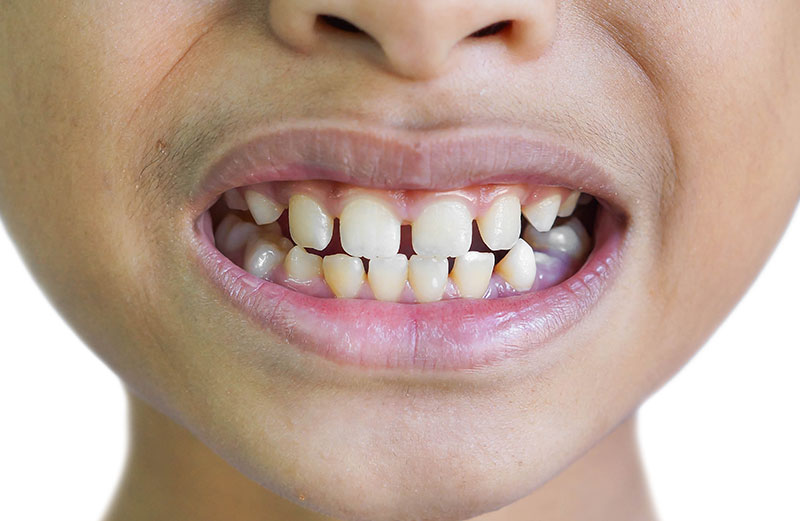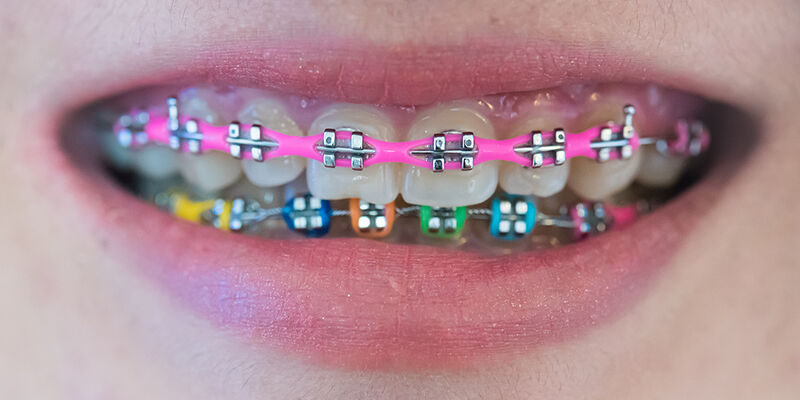crooked bottom teeth
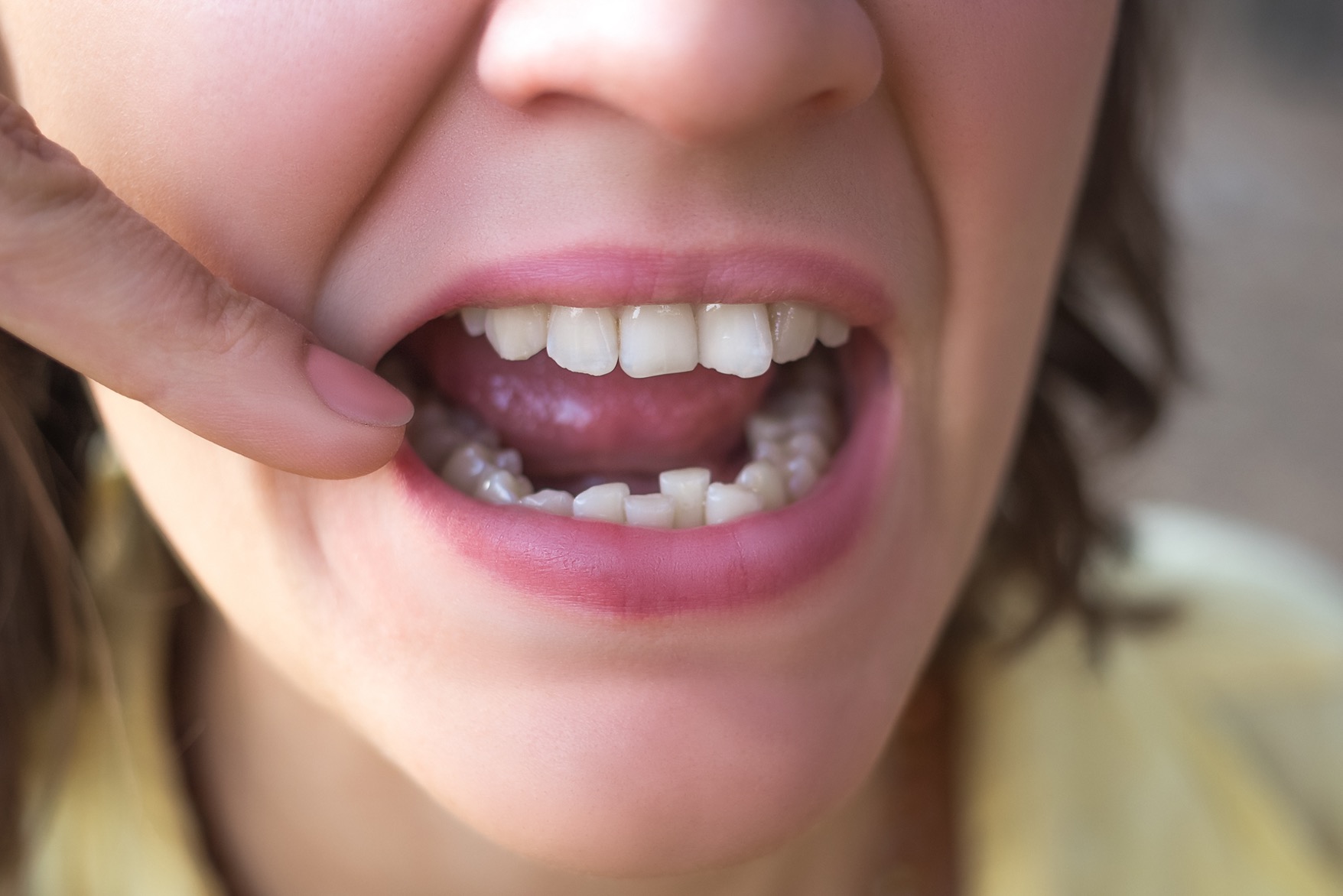
Understanding Crooked Bottom Teeth: Causes, Treatments, and Prevention
Crooked bottom teeth, often referred to as lower teeth misalignment, are a common dental issue that affects many individuals. This condition can range from a slight overlap of teeth to severe malocclusion, where the teeth are significantly misaligned. While crooked bottom teeth can be a source of cosmetic concern, they can also lead to various dental health issues if left untreated. This comprehensive guide explores the causes, treatments, and prevention of crooked bottom teeth, providing valuable insights for those seeking to understand and address this common dental problem.
Causes of Crooked Bottom Teeth
Several factors contribute to the development of crooked bottom teeth, including genetic, environmental, and behavioral influences. Understanding these causes can help in identifying the most appropriate treatment and prevention strategies.
Genetic Factors
Genetics play a significant role in the alignment of teeth. If one or both parents had crooked teeth, there is a higher likelihood that their children will also experience similar dental issues. Genetic factors can influence the size and shape of the jaw, teeth, and the spacing between them, all of which can contribute to crooked bottom teeth.
Environmental and Behavioral Factors
Environmental and behavioral factors can also lead to the development of crooked bottom teeth. These factors include:
- Thumb Sucking: Prolonged thumb sucking during childhood can exert pressure on the lower teeth, causing them to shift out of alignment.
- Tongue Thrusting: The habit of pushing the tongue against the lower teeth can lead to misalignment over time.
- Mouth Breathing: Chronic mouth breathing can affect the development of the jaw and the positioning of teeth.
- Poor Oral Habits: Inconsistent dental care, such as not brushing and flossing regularly, can lead to gum disease and tooth decay, which may cause teeth to shift.
Early Loss of Baby Teeth
The premature loss of baby teeth can disrupt the natural alignment of the permanent teeth. When baby teeth are lost too early, the adjacent teeth may shift into the empty space, causing misalignment of the emerging permanent teeth.
Trauma or Injury
Injuries to the mouth or jaw can result in the displacement of teeth, leading to crooked bottom teeth. This can occur due to accidents, sports injuries, or any impact that affects the dental structure.

Consequences of Crooked Bottom Teeth
While crooked bottom teeth are often considered a cosmetic issue, they can lead to various dental health problems if not addressed. These consequences include:
Difficulty in Cleaning
Crooked bottom teeth can create tight spaces that are difficult to clean with regular brushing and flossing. This can lead to the accumulation of plaque and bacteria, increasing the risk of cavities, gum disease, and bad breath.
Chewing and Digestive Problems
Misaligned teeth can affect the efficiency of chewing, making it harder to break down food properly. This can lead to digestive issues as improperly chewed food is harder for the stomach to process.
Speech Impediments
Severely crooked bottom teeth can impact speech by affecting the position of the tongue and the way sounds are formed. This can result in speech impediments such as lisping.
Jaw Pain and Discomfort
Crooked bottom teeth can cause an uneven bite, leading to strain on the jaw muscles and joints. This can result in jaw pain, discomfort, and conditions such as temporomandibular joint disorder (TMJ).
Treatment Options for Crooked Bottom Teeth
There are several treatment options available for addressing crooked bottom teeth, ranging from orthodontic interventions to surgical procedures. The choice of treatment depends on the severity of the misalignment, the patient’s age, and their overall dental health.
Orthodontic Braces
Orthodontic braces are one of the most common and effective treatments for crooked bottom teeth. Braces work by applying continuous pressure to the teeth, gradually moving them into the desired position. There are several types of braces available:
- Metal Braces: Traditional metal braces consist of metal brackets and wires. They are highly effective for severe misalignment but can be more noticeable.
- Ceramic Braces: Ceramic braces are similar to metal braces but use tooth-colored or clear brackets, making them less visible.
- Lingual Braces: Lingual braces are placed on the inner side of the teeth, making them invisible from the outside. However, they can be more challenging to clean and adjust.
Clear Aligners
Clear aligners, such as Invisalign, offer a discreet alternative to traditional braces. These custom-made, removable aligners gradually shift the teeth into alignment. Clear aligners are popular among adults and teenagers who prefer a less noticeable treatment option.
Retainers
Retainers are often used after orthodontic treatment to maintain the alignment of the teeth. In some cases, retainers alone can correct minor misalignment of the bottom teeth. There are two main types of retainers:
- Fixed Retainers: These are bonded to the back of the teeth and provide continuous support.
- Removable Retainers: These can be taken out for eating and cleaning but must be worn as directed by the orthodontist.
Dental Veneers
Dental veneers are thin, custom-made shells that are bonded to the front surface of the teeth. Veneers can improve the appearance of crooked bottom teeth by creating a uniform and aesthetically pleasing smile. However, veneers do not address the underlying alignment issues and are primarily a cosmetic solution.
Surgical Options
In severe cases of misalignment, surgical intervention may be necessary. Orthognathic surgery, also known as jaw surgery, can correct structural issues with the jaw that contribute to crooked bottom teeth. This procedure is typically performed by an oral and maxillofacial surgeon in conjunction with orthodontic treatment.
Preventing Crooked Bottom Teeth
While some factors contributing to crooked bottom teeth are beyond control, there are several preventive measures that can help maintain proper dental alignment.
Early Dental Care
Ensuring proper dental care from an early age is crucial in preventing crooked bottom teeth. Regular dental check-ups, starting from the eruption of the first baby tooth, can help identify and address any potential alignment issues early on.
Encouraging Good Oral Habits
Encouraging good oral habits in children, such as proper brushing and flossing, can prevent the development of gum disease and tooth decay, which can contribute to misalignment. Additionally, discouraging habits like thumb sucking and tongue thrusting can reduce the risk of crooked bottom teeth.
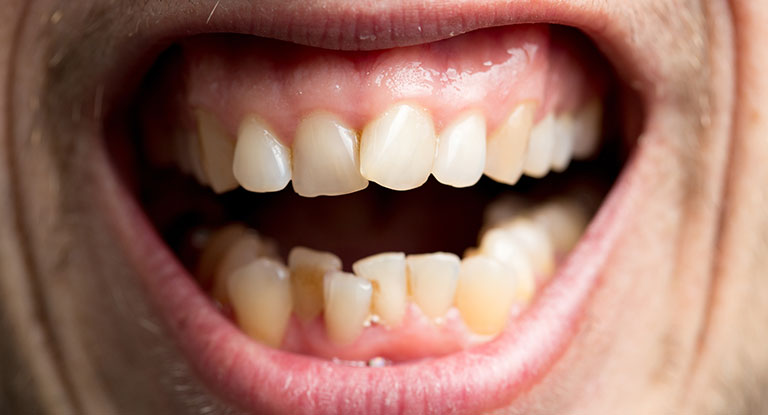
Maintaining Healthy Baby Teeth
Taking care of baby teeth is essential for the proper alignment of permanent teeth. This includes regular dental visits, maintaining good oral hygiene, and addressing any issues such as cavities or premature tooth loss promptly.
Addressing Mouth Breathing
If a child is prone to mouth breathing, it is essential to address the underlying cause, such as allergies or nasal obstructions. Encouraging nose breathing can help prevent the developmental issues associated with chronic mouth breathing.
Living with Crooked Bottom Teeth
For those who already have crooked bottom teeth, there are several steps that can be taken to manage the condition and maintain good oral health.
Regular Dental Visits
Regular dental visits are essential for monitoring the health of the teeth and gums, especially for individuals with crooked bottom teeth. Dentists can provide professional cleanings, identify any issues early on, and recommend appropriate treatments.
Proper Oral Hygiene
Maintaining proper oral hygiene is crucial for individuals with crooked bottom teeth. This includes brushing at least twice a day with fluoride toothpaste, flossing daily, and using an antiseptic mouthwash to reduce the risk of gum disease and cavities.
Diet and Nutrition
A healthy diet can contribute to overall dental health. Limiting sugary and acidic foods and beverages can help prevent tooth decay and gum disease. Additionally, consuming a diet rich in vitamins and minerals, such as calcium and vitamin D, can support strong teeth and bones.
Wearing a Mouthguard
For individuals who participate in sports or other activities that pose a risk of dental injury, wearing a mouthguard can help protect the teeth from trauma and prevent further misalignment.
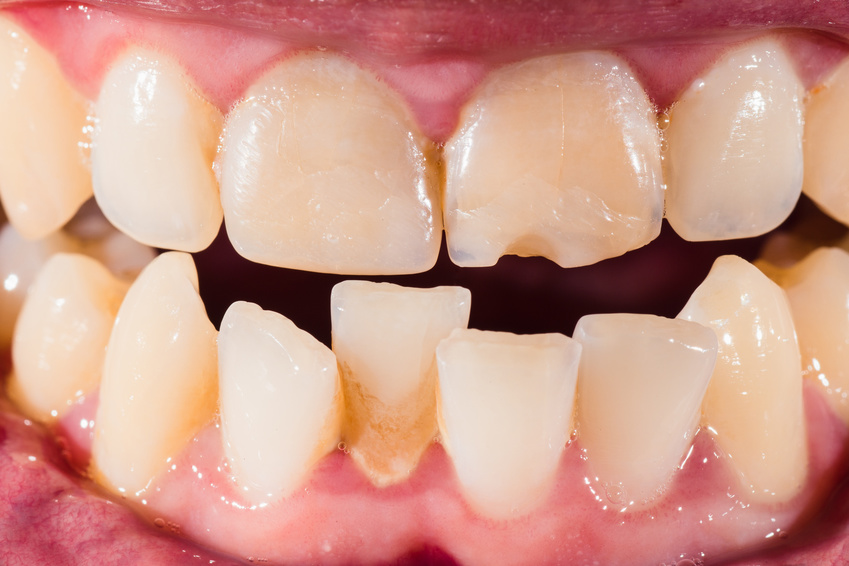
Psychological and Social Impact of Crooked Bottom Teeth
The appearance of crooked bottom teeth can have a significant psychological and social impact on individuals, particularly during adolescence and adulthood.
Self-Esteem and Confidence
Crooked bottom teeth can affect an individual’s self-esteem and confidence, leading to self-consciousness about their smile. This can impact social interactions, professional relationships, and overall quality of life.
Social Perception
In some cases, crooked bottom teeth may influence how others perceive an individual. There can be a stigma associated with dental misalignment, which may affect social and professional opportunities.
Support and Resources
For those dealing with the challenges of crooked bottom teeth, there are various support and resources available.
Consulting a Dental Professional
The first step in addressing crooked bottom teeth is to consult with a dental professional. A dentist or orthodontist can provide a comprehensive evaluation, discuss treatment options, and develop a personalized treatment plan.
Online Communities and Support Groups
Online communities and support groups can provide valuable information and emotional support for individuals dealing with crooked bottom teeth. Sharing experiences and learning from others who have undergone similar treatments can be encouraging and empowering.
Conclusion
Crooked bottom teeth are a common dental issue that can arise from various genetic, environmental, and behavioral factors. While often considered a cosmetic concern, misaligned lower teeth can lead to significant dental health problems if left untreated. Fortunately, there are numerous treatment options available, ranging from orthodontic braces and clear aligners to surgical interventions. Preventive measures, such as early dental care and maintaining good oral habits, can help reduce the risk of developing crooked bottom teeth.
For those living with crooked bottom teeth, maintaining proper oral hygiene, regular dental visits, and addressing any underlying habits or conditions are essential for managing the condition. Additionally, understanding the psychological and social impact of crooked bottom teeth can help individuals seek the necessary support and resources.
Ultimately, consulting with a dental professional is crucial for determining the most appropriate course of action. With the right treatment and preventive measures, it is possible to achieve a healthy, aligned smile, improving both dental health and overall well-being.
Related to read:
Best Oral Hygiene Practices For Optimum Oral Health.
Bruxism: Teeth grinding causes treatment and prevention.
How to keep your gums healthy and disease-free?
References
To ensure the information provided is accurate and up-to-date, the following sources were referenced:
- American Dental Association. (n.d.). Plaque and Tartar. Retrieved from ADA website
- Mayo Clinic. (n.d.). Dental Plaque. Retrieved from Mayo Clinic website
- National Institute of Dental and Craniofacial Research. (n.d.). Periodontal (Gum) Disease. Retrieved from NIDCR website
1. Why are my bottom teeth crooked?
Crooked bottom teeth can result from several factors:
- Genetics: Inherited traits like jaw size and tooth shape can influence how teeth align.
- Thumb Sucking: Prolonged thumb sucking during childhood can affect tooth alignment.
- Early Tooth Loss: Losing baby teeth prematurely can cause neighboring teeth to shift.
- Jaw Size: Discrepancies between the size of the jaw and the size of teeth can lead to overcrowding or spacing issues.
- Injury: Trauma to the mouth or jaw can cause teeth to shift.
- Poor Oral Habits: Habits like tongue thrusting or mouth breathing can impact tooth alignment.
2. How can I fix my crooked bottom teeth naturally?
While natural methods may not provide the same results as orthodontic treatment, maintaining good oral health can help:
- Proper Oral Hygiene: Regular brushing and flossing can prevent issues that exacerbate crooked teeth.
- Diet: Eating a balanced diet rich in calcium and other nutrients supports dental health.
- Facial Exercises: Some believe that exercises targeting the muscles around the mouth may help, but evidence is limited.
For significant misalignment, orthodontic treatments like braces or clear aligners are usually necessary.
3. Do people notice crooked bottom teeth?
Whether people notice crooked bottom teeth depends on the severity of the misalignment and individual perception. Minor misalignments may go unnoticed by many, while more pronounced crookedness can be more apparent. People who are self-conscious about their teeth often perceive them as more noticeable than others do.
4. Can crooked teeth be fixed?
Yes, crooked teeth can be fixed using various orthodontic treatments:
- Braces: Traditional metal or ceramic braces are effective for all types of misalignments.
- Clear Aligners: Invisalign and similar products offer a discreet way to straighten teeth.
- Retainers: Used to maintain the position of teeth after orthodontic treatment.
- Veneers: For minor misalignments, veneers can improve the appearance of teeth.
Consulting with an orthodontist or dentist can help determine the best treatment option.
5. How can I straighten the bottom of my teeth?
To straighten the bottom teeth, you can consider:
- Braces: Traditional or lingual braces can correct alignment over time.
- Clear Aligners: Invisalign or other clear aligners offer a removable, nearly invisible option.
- Retainers: Fixed or removable retainers can help maintain alignment.
- Orthodontic Surgery: In severe cases, surgical intervention may be needed.
An orthodontist can provide a personalized treatment plan based on the specific misalignment.
6. Do crooked teeth look attractive?
Attractiveness is subjective, and some people may find slight crookedness adds character and uniqueness to a smile. While severe misalignments are generally viewed as less attractive due to the association with poor oral health, minor crookedness can be endearing to some.
7. Can I straighten my bottom teeth myself?
Self-treatment for straightening teeth is not recommended. DIY methods can cause harm and worsen alignment. Professional orthodontic treatments ensure safe and effective correction of crooked teeth. Over-the-counter products and devices do not offer the same level of safety and efficacy as those provided by dental professionals.
8. What is the rarest smile?
The rarest smile is often considered the canine smile, characterized by the prominent display of the canine teeth. This type of smile is less common than the typical smile that shows more of the front teeth (incisors) and is often seen as unique and striking.
9. How can I tighten my bottom teeth?
If you feel your bottom teeth are loose, it’s essential to consult a dentist to determine the underlying cause. Potential treatments include:
- Good Oral Hygiene: Brushing, flossing, and regular dental check-ups.
- Scaling and Root Planing: Deep cleaning procedures to treat gum disease.
- Splinting: Using a dental splint to stabilize loose teeth.
- Gum Surgery: In cases of severe gum disease, surgery may be necessary to repair and regenerate gum tissue.
- Bone Grafts: To rebuild bone support around the teeth.
Addressing the root cause is crucial to effectively tighten loose teeth.
Conclusion
Crooked bottom teeth can arise from various factors, and while minor cases might go unnoticed, significant misalignments often benefit from professional orthodontic treatment. Good oral hygiene, regular dental visits, and consulting with a dentist or orthodontist are key to maintaining healthy, aligned teeth. While DIY methods for straightening teeth are not recommended, a variety of professional treatments can effectively address crooked teeth and improve both function and appearance.






